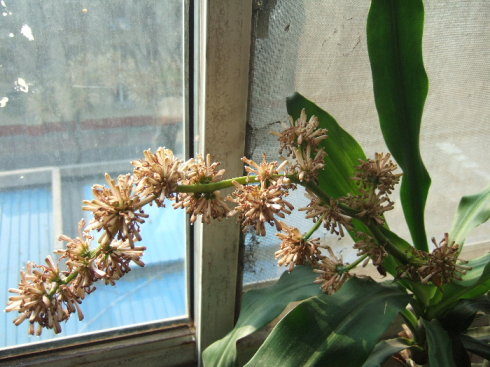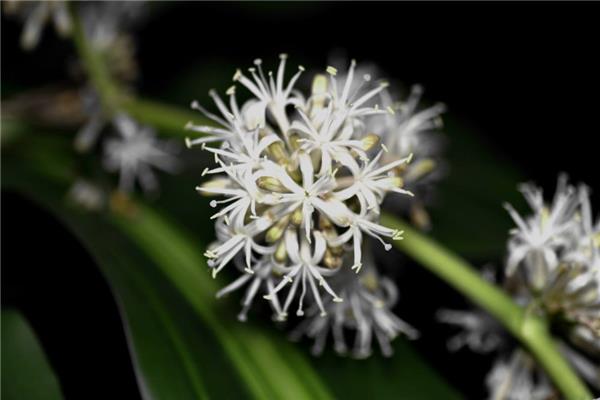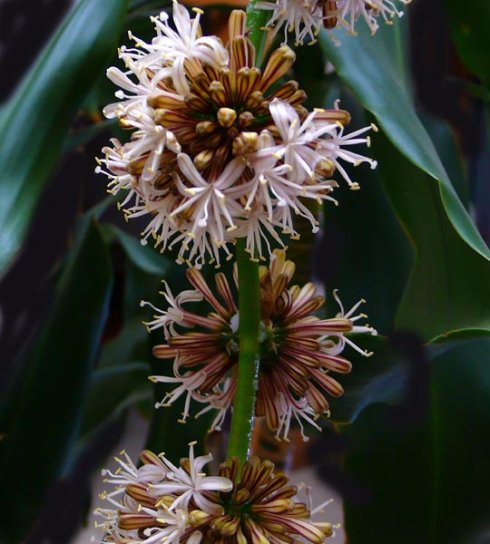How to raise Brazilian wood
If you want to master the culture methods of Brazilian wood, you must first understand the living habits of Brazilian wood, so that you can take better care of them. then let's explain how the jaw west wood is from several different aspects. The problems that should be paid attention to in the culture also need to take a closer look.

How to raise Brazilian wood
Brazilian wood likes a hot and humid climate with strong vitality and can live well with only sunshine, air and very little water. The soil of Brazilian wood can be made of rotten leaf soil and river sand. It has good drainage and is resistant to cold and waterlogging. When raising Brazilian wood, pass it down and put it in a ventilated place and indoors in winter.
Brazilian wood grows all the year round and needs proper shade when it is hot in summer and no less than 5 degrees in winter. Without sunlight, the markings on the leaves will turn green, the roots will turn yellow, lose their ornamental value and rot easily. Spray water on Brazilian wood leaves to keep it moist.
Under the right temperature, Brazilian wood can grow all year round. But in summer high temperature exposure, need appropriate shade, and winter had better make it enter dormancy. Indoor Brazilian wood potted plants should ensure enough light to prevent the leaves from turning green and the leaves at the base from yellowing. The watering quality is clean, watering 1-2 times a week, and spraying water on the leaves in summer.

Matters needing attention in the Culture of Brazilian Wood
1. Lighting
Brazilian wood has a wide range of adaptation to light, but it is not resistant to strong light, especially from May to October, which makes the leaves yellowing and the leaf tip dry, so some shading measures are needed. There are also slight differences according to different varieties, green leaf varieties avoid direct sunlight, it is best to cover 50% to 60%. Phnom Penh and Jinxin varieties can grow well in full light, but if the light is not enough, the leaves will fade.
2. Moisture
Brazilian wood does not need much moisture, but it has a high requirement for humidity. The basin soil should be kept moist, but not stagnant. Often spray water to the leaves to improve the humidity of the surrounding environment. In the northern region, it is watered every three or four days in spring, summer and autumn. The amount of water should be controlled when the temperature drops at the end of autumn, and the basin soil can be kept semi-dry and semi-wet in winter. Maintain a good ventilation environment, air humidity of more than 80%.

3. Fertilization
During the growing period, organic fertilizer can be embedded in the base of the plant or the edge of the basin, and foliar fertilizer can be sprayed three or four times a month to promote its growth. The fertilization period is from May to October every year, and the fertilization is stopped in winter. For Phnom Penh or Jinxin varieties, attention should be paid to reducing the proportion of nitrogen fertilizer when applying fertilizer, so as not to cause excessive growth of leaves and disappearance of lines. The suitable temperature for Brazilian wood growth is from 20 ℃ to 28 ℃. When the winter temperature is less than 13 ℃, the plant will go into a dormant state and the leaves will wither.
4. Cultivated soil
Using the cultivation medium with loose and good drainage, the culture soil can be prepared with pastoral soil, rotten leaf soil, peat soil and river sand according to the ratio of 3 ∶ 2 ∶ 2 ∶ 3.

5. Change the basin
Brazilian wood had better be able to change the basin once a year, when changing the basin, change the old soil to replace 1 big 3, add new soil.
The content about how to raise Brazilian wood is shared with you first. I hope the above content can help us understand this problem better. Please look forward to more wonderful content.
Related
- Wuhan Hospital Iron Tree Blooming Result Was Instantly Frightened by the Gardener Master
- Which variety of camellia is the most fragrant and best? Which one do you like best?
- What is the small blue coat, the breeding methods and matters needing attention of the succulent plant
- Dormancy time and maintenance management of succulent plants during dormancy
- Minas succulent how to raise, Minas succulent plant pictures
- What are the varieties of winter succulent plants
- How to raise succulent plants in twelve rolls? let's take a look at some experience of breeding twelve rolls.
- Attention should be paid to water control for succulent plants during dormant period (winter and summer)
- Watering experience of twelve rolls of succulent plants
- Techniques for fertilizing succulent plants. An article will let you know how to fertilize succulent plants.



